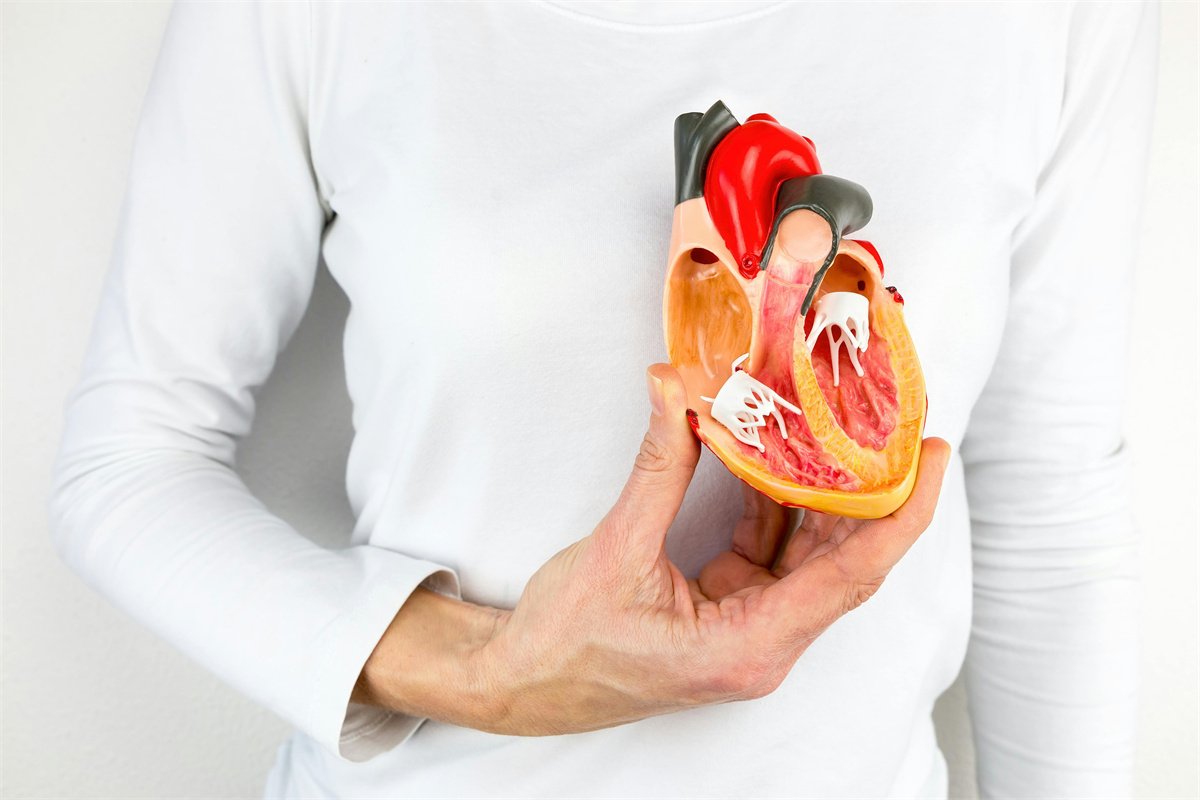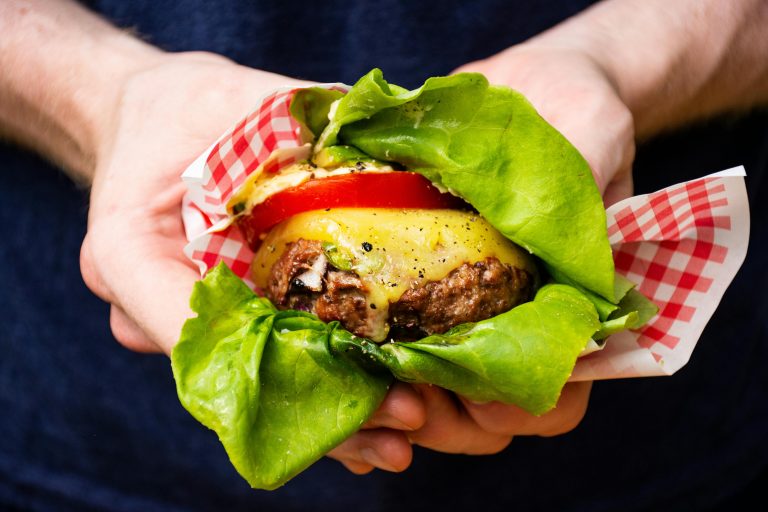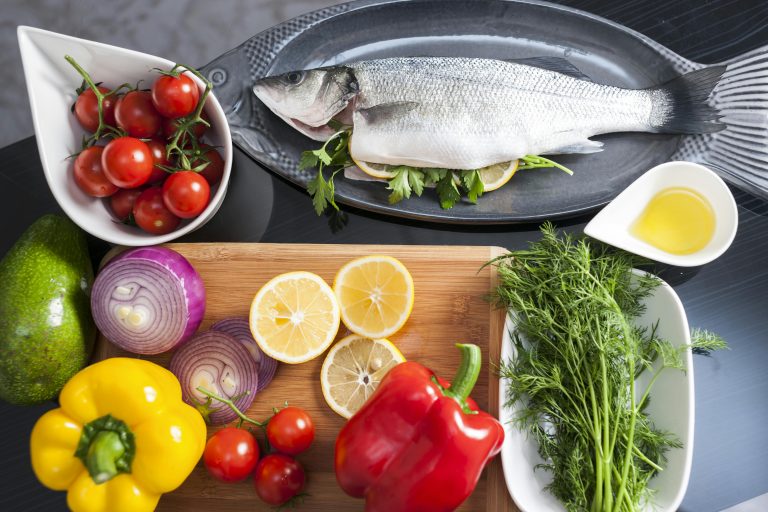If you’re new to keto, it can be difficult to determine which vegetables are appropriate for keto and which are not.
For some vegetables, the key is portion size. We can’t even imagine what the world would be like without pepperoni, salsa, or BLTs, so in this article, we’ll provide you with everything you need to keep in mind when incorporating tomatoes into your keto diet.

In addition, we’ll also cover other types of tomato coats to determine if they are suitable for the keto diet.
What is the keto diet?
Before we get into ketchup and tomatoes, let’s learn about the keto diet.
The keto diet is a low-carb, high-fat and moderately protein-rich diet. It’s designed to help you achieve a metabolic state known as ketosis, in which your body burns fat instead of carbohydrates.
Being in a state of ketosis has many benefits. It helps with weight loss by burning stored body fat more efficiently. It also helps improve insulin resistance and blood sugar control in people with type 2 diabetes. Many people also report that following a keto diet greatly reduces appetite.
To enjoy all the benefits of the keto diet, it’s important to reduce your net carb intake to 5% or less of your daily calories. (Incidentally, net carbohydrates are total carbohydrates that contain indigestible fiber as well as certain food-specific sugar alcohols (such as isomalt ketol, maltitol, and polyglycitol, as well as sorbitol and xylitol).)
That’s why vegetables with only 5 grams of net carbs per serving, while seemingly low in carbohydrates, may actually pack a lot of carbs when you follow the Keto Diet.
What are tomato vegetables?
Tomatoes belong to a group of vegetables known as “nightshades.” The Latin name for the lycopersicon family is Solanum. There are many different types of plants in the Solanaceae family, but most are not edible as food. Some are poisonous, such as belladonna (or deadly nightshade) which has a strong sedative effect and can be fatal if consumed.
What all nightshades have in common is that they contain a compound known as an alkaloid. Due to the presence of these compounds, some people may not be able to consume nightshades well.
The alkaloids in nightshades are the plant’s natural defense system against insects. They are extremely bitter in flavor and have some insecticidal properties.
In fact, the alkaloids in belladonna are used to make sedative drugs.
There are also some nightshades that we really enjoy eating. Rest assured that these vegetables do not contain enough alkaloids to cause harm. Most people can consume these specific nightshade vegetables in their diet.
The most common uses of nightshade as a food include
Tomatoes:
Tomatoes are a key ingredient in a variety of dishes from around the world, including Mexican, Italian, French, Spanish and Greek. Tomatoes are also used in sandwiches and in a variety of sauces, dips, soups and casserole dishes.?
Tomatoes are the little green cousins of tomatoes. They have a rich flavor and are ideal for making green salsa verde (salsa verde). POTATOES: Potatoes are a starchy tuberous vegetable that can be cooked, baked, fried, or mashed, and go with almost everything. It’s worth noting that sweet potatoes are not part of the nightshade category.
Peppers:
All peppers, including bell peppers and a variety of chili peppers, belong to the nightshade group. The milder bell peppers can be eaten raw or cooked as a vegetable. Peppers can also be used to make hot sauces. It is important to note that peppercorns and black peppercorns do not belong to the nightshade group.
Goji Berries:
Goji berries, also known as wolfberries, are a tart and antioxidant-rich fruit that is often added to smoothies.
Eggplant:
Eggplant is a purple-skinned vegetable often used in Mediterranean and Asian food preparations. When thinly sliced, it can be sautéed in dishes such as eggplant parmesan. It is equally delicious in stir-fries as it has a very strong flavor.
In addition, the adaptogenic supplement Ashwagandha is a member of the Solanaceae family, just like tobacco. In addition, since chili peppers belong to the nightshade family, seasonings made from chili peppers – such as paprika, chili powder, cayenne powder, and cayenne pepper powder – also belong to the nightshade family.
Interesting Facts About Nightshade We don’t really know the origin of the term “nightshade.” Many believe that “nightshade” originally referred to several of the most harmful species in the Solanaceae family (such as belladonna), and because of their negative effects, the name stuck. This may also be due in part to the fact that the flowers of many lycophytes only bloom in the evening.
Are tomatoes keto-friendly?
Are tomatoes a keto food? Tomatoes are keto-friendly if you consume the right portions.
For example, a quarter-inch-thick sandwich contains only 1 gram of net carbs, while a whole tomato contains 5 grams of net carbs, which is a huge number.
Carbohydrates in canned tomatoes add up quickly Keep this in mind when using canned tomatoes in dishes or soups. One cup of canned diced tomatoes contains 4 grams of net carbohydrates.
Tomato products such as tomato sauce and made spaghetti sauce should also be used with caution. They often have a lot of added sugar (net carbs are higher in calories than you might think), so you need to look for sugar-free or keto-friendly varieties. Even so, you should always read labels carefully.

Are other lycophytes good for ketones?
By looking at the list of edible lycopene plants, you may find that these lycopene plants are either high or low in net carbs. Certain lycopene plants are keto friendly, but other lycopene plants are best avoided on a keto diet due to their richness in net carbs.
Peppers (including bell peppers and hot peppers) are great for the keto diet. A medium-sized bell pepper has only 4 grams of net carbs. A 2-inch jalapeño has only 1 gram of net carbs.
Eggplant is also keto-friendly as long as you watch your portion sizes. A medium-sized whole eggplant has 16.4 grams of net carbs, so you may need to split the eggplant into portions to reduce the carb content to an acceptable level to be able to eat keto.
Unfortunately, potatoes are not a good choice for keto unless you plan to eat a small portion to get most of your net carbs. One cup of potatoes equals 29 grams of net carbs, and one medium-sized potato equals 26 grams of net carbs.
Additionally, goji berries should not be consumed on the keto diet. One cup of goji berries has 14 grams of net carbs, which means they will effectively consume most of your daily carb intake.
Who should avoid nightshades?
Some people feel better after avoiding nightshade and nightshade-containing foods. They may be sensitive to the alkaloids in the nightshade plant.
People with autoimmune disorders have immune systems that attack healthy cells, so they are more susceptible to the effects of nightshade odors. They may have an allergic reaction similar to an allergic reaction to nightshade. This may manifest as a rash, itchy digestive tract and nasal congestion.
Many people with autoimmune diseases have reported an improvement in their symptoms after removing nightshades from their daily diet. Not much research has been done on this topic, so most of the evidence that a nightshade-free diet reduces autoimmune symptoms comes from personal experience.
Many people who do not have autoimmune diseases report sensitivity to tomatoes. Tomatoes often cause heartburn. Most of the evidence supporting avoidance of lycopersicon to help improve autoimmune disease symptoms comes from anecdotal reports or studies of autoimmune protocol (AIP) diets, which involve temporarily eliminating lycopersicon from the diet.
If you experience allergy or heartburn symptoms after consuming tomatoes or other vegetables containing lycopene, you may need to stop eating these vegetables for a period of time. This is done by stopping the allergy-inducing food or item for two weeks, then eating it again in small amounts and observing the symptoms. If you experience an allergic reaction, it is most likely caused by the food you consumed. Consider increasing the amount after 2-3 days to see if a similar reaction occurs. If no allergic reaction occurs, you can add it back into your diet.
Takeaways
The Solanaceae family is a large family of plants that includes commonly used vegetables such as tomatoes, peppers, potatoes and eggplants. Potatoes are high in carbohydrates and are not suitable for the keto diet, but peppers, tomatoes and eggplants are all suitable for the keto diet if you are careful about portion control.
On the keto diet, tomatoes can be used in pizzas, pasta, salsas, sandwiches, casserole dishes, soups, salads, and more. Using fresh tomatoes is also an excellent option to avoid adding sugar to pizza sauce and pasta sauce. Remember, portion size is crucial!


